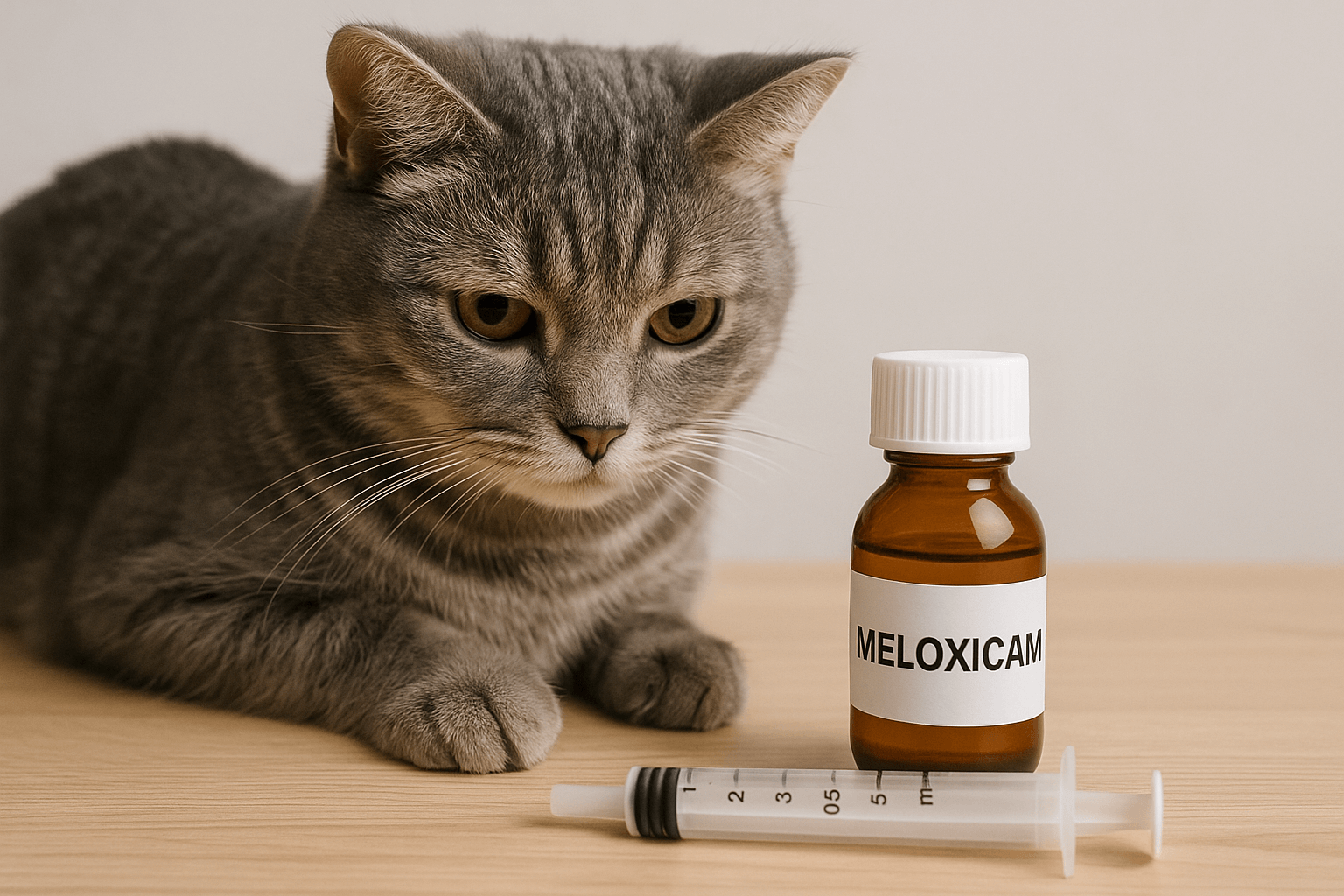Can Dogs Eat Plantain? Everything You Need to Know
When it comes to sharing food with our furry friends, pet owners are often caught between curiosity and caution. While some human foods are safe and even beneficial for dogs, others can pose serious health risks. One such food that sparks questions is plantain. Not to be confused with the banana-like fruit, plantain in this context refers to the leafy green vegetable commonly used in cooking. So, can dogs eat plantain? In this blog post, we’ll explore this question in detail, covering safety, nutritional benefits, potential risks, and expert advice to help you make informed decisions about your dog’s diet.
Is Plantain Safe for Dogs? A Quick Overview
Before diving into the specifics, let’s address the fundamental question: Is plantain safe for dogs? The short answer is yes, but with certain caveats. Plantain leaves and cooked plantain (the starchy vegetable) are generally non-toxic to dogs when prepared correctly. However, moderation and preparation play a crucial role in ensuring your dog’s safety. Below are some key points to consider:
Plantain Contains Nutrients :
Plantain is rich in vitamins like A, C, and K, as well as minerals such as potassium and magnesium, which can support your dog’s overall health.Cooked Plantain is Preferred :
Raw plantain may be difficult for dogs to digest, so it’s best to serve it cooked without added oils, spices, or salt.Avoid Fried Plantain :
Fried or overly processed plantain can upset your dog’s stomach due to high fat content and artificial additives.Portion Control is Key :
Even though plantain is safe, feeding too much of it can lead to digestive issues like diarrhea or bloating.Always Introduce Gradually :
If you’re feeding plantain to your dog for the first time, start with small amounts to monitor for any adverse reactions.
In conclusion, plantain can be a healthy addition to your dog’s diet if served responsibly. Always prioritize plain, cooked plantain over raw or heavily seasoned varieties.
Nutritional Benefits of Plantain for Dogs
Adding plantain to your dog’s diet isn’t just about variety; it can also provide several health benefits. This humble vegetable is packed with nutrients that can support your dog’s immune system, digestion, and overall vitality. Here’s a breakdown of the key benefits:
Supports Immune Health :
The high vitamin C content in plantain helps boost your dog’s immune system, keeping them resilient against infections.Promotes Healthy Skin and Coat :
Vitamin A found in plantain contributes to maintaining healthy skin and a shiny coat, reducing issues like dryness or flakiness.Aids Digestive Function :
The fiber content in plantain can improve digestion and regulate bowel movements, preventing constipation or diarrhea.Strengthens Bones and Muscles :
With its potassium and magnesium content, plantain supports muscle function and bone strength, especially important for active dogs.Anti-Inflammatory Properties :
Plantain contains compounds that may help reduce inflammation, making it beneficial for dogs with joint issues or arthritis.
While these benefits are promising, remember that plantain should complement—not replace—a balanced diet tailored to your dog’s specific needs.
Check this guide 👉My Dog Ate a Peppermint Candy: Best 7 Health Tips!
Check this guide 👉What to Do If Your Dog Ate Toothpaste: Best 7 Health Tips!
Check this guide 👉What Happens If Your Dog Ate Fertilizer? Best 7 Tips!

Preparation Tips for Feeding Plantain | Potential Risks to Watch Out For |
|---|---|
Cook plantain thoroughly before serving | Overfeeding can cause digestive upset |
Avoid adding salt, sugar, or spices | Raw plantain may be hard to digest |
Serve in small portions | Fried plantain can lead to obesity |
Monitor for allergic reactions | Processed plantain may contain toxins |
Consult your vet before introducing | Seasonings can irritate the stomach |
How to Prepare Plantain for Your Dog
Feeding plantain to your dog requires careful preparation to ensure it’s both safe and enjoyable. Here’s a step-by-step guide to help you get started:
Choose Fresh Plantain :
Select ripe, fresh plantain from the store to ensure maximum nutrient value and minimal risk of spoilage.Peel and Slice Properly :
Remove the tough outer peel and slice the plantain into bite-sized pieces suitable for your dog’s size.Steam or Boil It :
Steaming or boiling plantain makes it soft and easier for dogs to chew and digest.Skip the Seasoning :
Never add salt, butter, or spices, as these can harm your dog’s sensitive digestive system.Cool Before Serving :
Allow the cooked plantain to cool completely before offering it to your dog to prevent burns.
By following these steps, you can prepare plantain in a way that maximizes its nutritional benefits while minimizing potential risks.
Signs Your Dog May Not Tolerate Plantain
While many dogs tolerate plantain well, some may experience adverse reactions. Keep an eye out for the following signs after introducing plantain to your dog’s diet:
Vomiting or Nausea :
If your dog vomits shortly after eating plantain, it could indicate intolerance or an underlying issue.Diarrhea or Loose Stools :
Excessive fiber intake from plantain can upset your dog’s digestive system, leading to loose stools.Lethargy or Discomfort :
Unusual tiredness or signs of discomfort may suggest your dog is not tolerating plantain well.Allergic Reactions :
Symptoms like itching, swelling, or difficulty breathing could indicate an allergic reaction and require immediate veterinary attention.Loss of Appetite :
Refusal to eat or disinterest in food may signal digestive distress caused by plantain.
If you notice any of these symptoms, stop feeding plantain immediately and consult your veterinarian for further guidance.
Health Considerations When Feeding Plantain
While plantain can be a healthy addition to your dog’s diet, it’s important to consider certain health factors before introducing it. Every dog is unique, and some may have conditions that make plantain less suitable. Here are some key points to keep in mind:
Dogs with Diabetes :
Plantain contains natural sugars, so it should be fed sparingly to dogs with diabetes or insulin-related conditions.Weight Management Concerns :
High-calorie preparations like fried plantain can contribute to weight gain, which is problematic for overweight or obese dogs.Digestive Sensitivities :
Dogs with sensitive stomachs may struggle to digest plantain, especially if served raw or in large quantities.Allergies or Food Intolerances :
Some dogs may have allergies or intolerances to plant-based foods, including plantain.Kidney or Liver Issues :
The potassium content in plantain might not be suitable for dogs with kidney or liver problems, as these organs regulate potassium levels.
In conclusion, always take your dog’s individual health needs into account before adding plantain to their diet. Consulting your veterinarian is the best way to ensure it’s a safe option for your pet.
Creative Ways to Serve Plantain to Your Dog
If you’ve decided to include plantain in your dog’s diet, there are many creative ways to serve it that your pup will enjoy. Experimenting with different methods can make mealtime more exciting while ensuring your dog gets the most out of this nutritious vegetable. Here are some ideas:
Mash It Into Their Regular Food :
Mash cooked plantain and mix it with your dog’s usual kibble or wet food for added flavor and nutrition.Make Homemade Dog Treats :
Blend cooked plantain with other dog-safe ingredients like pumpkin or oats to create homemade treats.Freeze for a Cool Snack :
Puree cooked plantain and freeze it in small portions for a refreshing snack on hot days.Blend into a Smoothie :
Combine cooked plantain with water or unsweetened yogurt (if tolerated) to create a smoothie-like consistency.Stuff It in a Puzzle Toy :
Use mashed plantain as a filling for interactive puzzle toys to keep your dog mentally stimulated.
By trying out these creative serving ideas, you can make plantain an enjoyable and nutritious part of your dog’s routine. Just remember to avoid any harmful additives!
Alternatives to Plantain for Dogs
While plantain is a great option, there are plenty of other dog-safe vegetables you can explore to diversify your pet’s diet. These alternatives provide similar nutritional benefits and can be just as tasty. Below are some excellent options:
Carrots :
Carrots are rich in beta-carotene and fiber, making them a crunchy and low-calorie treat for dogs.Sweet Potatoes :
Packed with vitamins A and C, sweet potatoes are a nutrient-dense alternative to plantain when cooked plain.Green Beans :
Low in calories and high in fiber, green beans are perfect for dogs needing a light yet satisfying snack.Zucchini :
Zucchini is hydrating and low in calories, making it ideal for dogs watching their weight.Pumpkin :
Plain, canned pumpkin (not pie filling) is excellent for digestive health due to its high fiber content.
These alternatives offer variety and balance, ensuring your dog receives a wide range of nutrients. Rotating between these vegetables can keep meals interesting while supporting your dog’s overall health.
Frequently Asked Questions About Dogs and Plantain
Can dogs eat raw plantain?
While technically safe, raw plantain is harder for dogs to digest. It’s better to cook it before serving.
How much plantain can I feed my dog?
Stick to small portions—about one or two teaspoons for small dogs and a tablespoon for larger breeds.
Are there any toxic parts of the plantain plant?
No, the edible parts of the plantain plant are non-toxic, but always remove the peel and avoid seasoning.
Can puppies eat plantain?
Yes, but only in very small amounts and under supervision, as their digestive systems are still developing.
What should I do if my dog accidentally eats fried plantain?
Monitor for signs of digestive upset. If symptoms persist, contact your vet for advice.
Final Thoughts on Feeding Plantain to Dogs
In summary, plantain can be a nutritious and safe treat for dogs when prepared and served responsibly. Whether you’re looking to diversify your dog’s diet or simply curious about new options, plantain offers a range of benefits—from supporting immune health to aiding digestion. However, always remember that moderation and proper preparation are key. By following the tips outlined in this post, you can confidently introduce plantain to your dog’s meals while minimizing potential risks. As with any dietary change, consulting your veterinarian ensures your dog’s unique needs are met. So go ahead, share a little plantain love with your furry friend—but do so wisely!
Cat Fever Treatment: Best 7 Expert Tips! Discover expert advice on identifying, managing, and treating fever in cats to ensure their quick recovery and well-being.
Understanding Meloxicam for Cats: Best 7 Expert Tips! Learn how to safely administer meloxicam, manage side effects, and ensure your cat's comfort with expert advice on feline pain relief.
Amoxicillin for Cat UTI: Best 7 Expert Tips! Discover safe usage, dosage guidelines, and expert advice on treating feline urinary tract infections effectively with amoxicillin.
Understanding Cat Cancer Treatment: Best 7 Expert Tips! Discover expert advice on managing feline cancer, from early detection to treatment options, ensuring your cat’s health and comfort.





